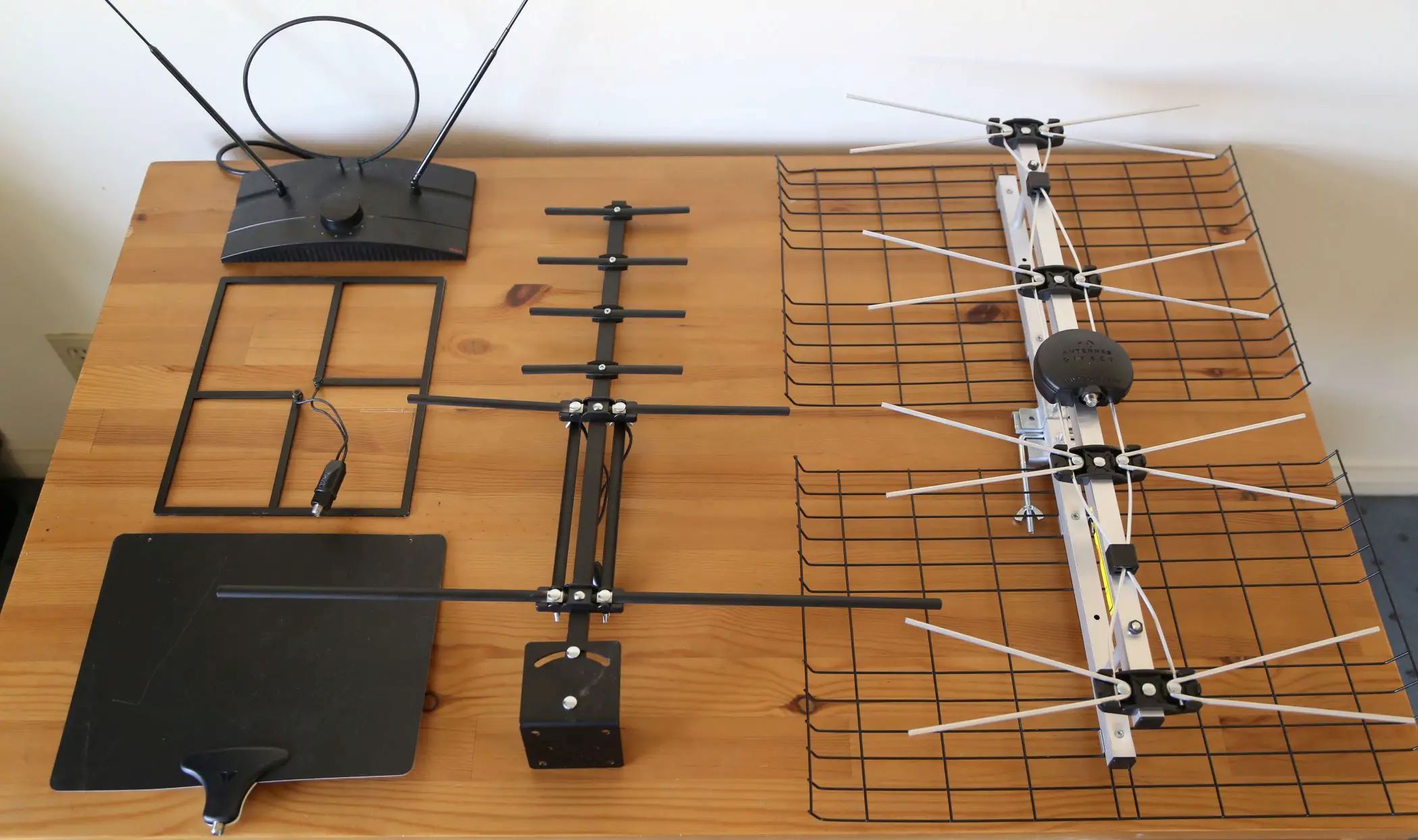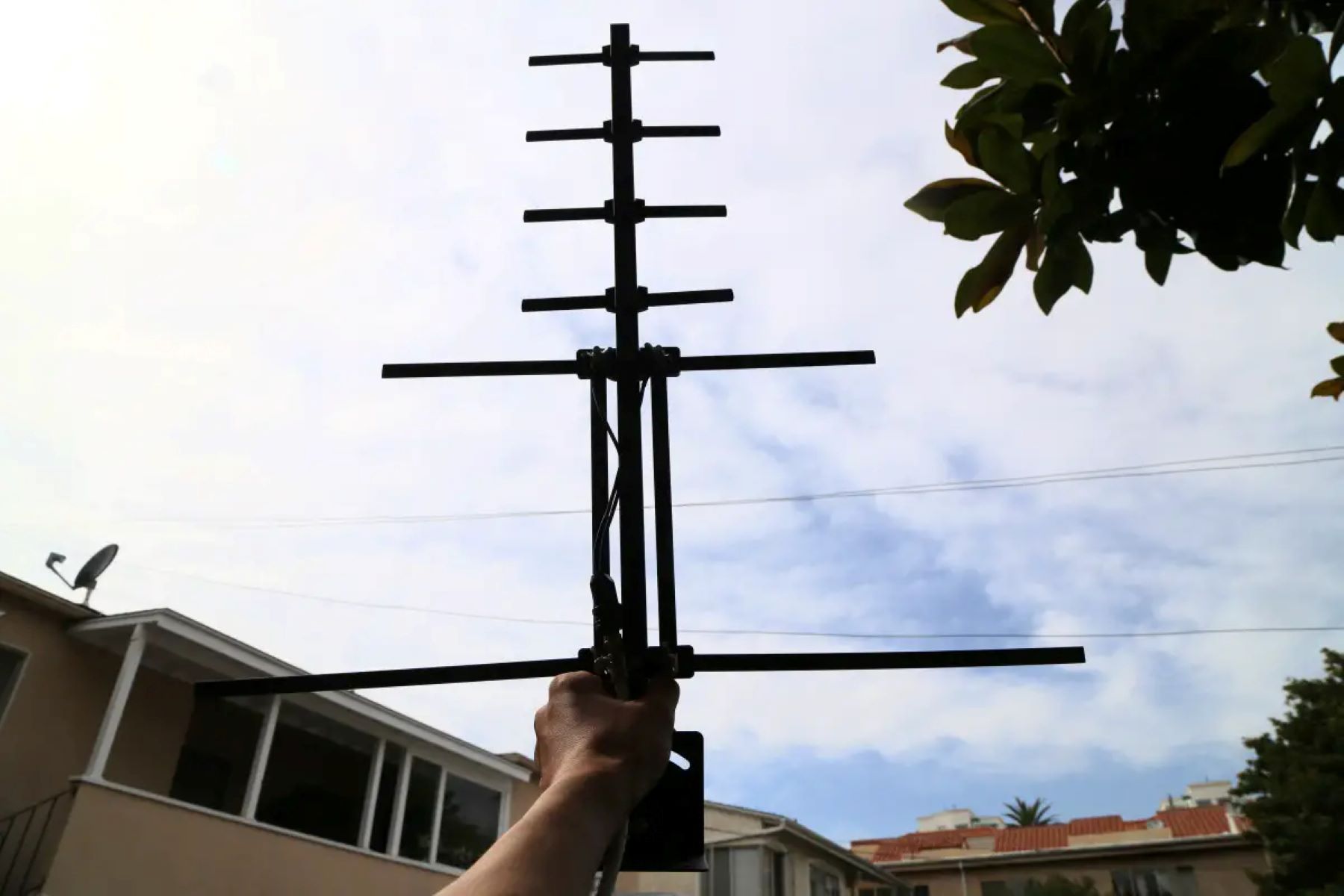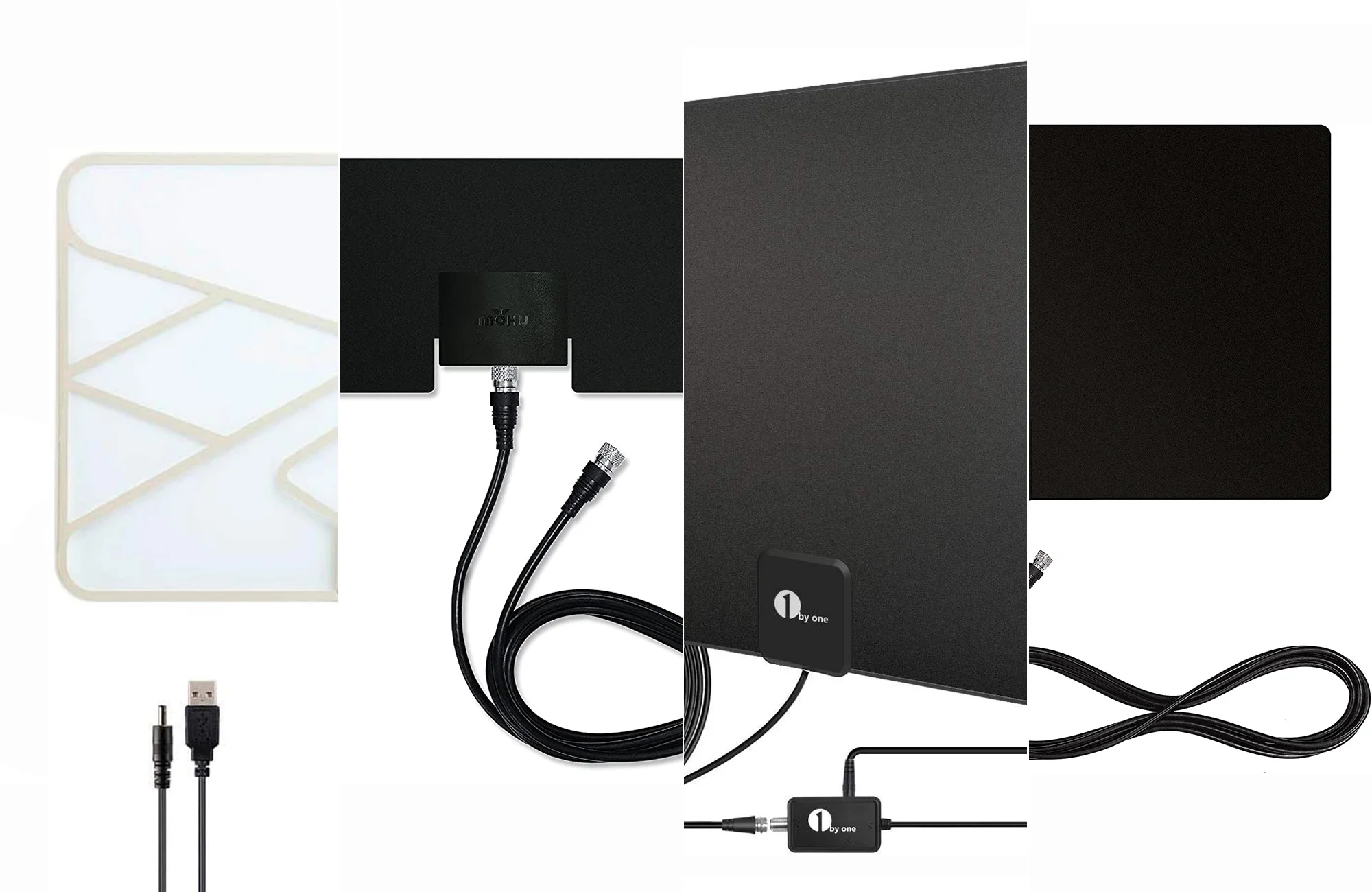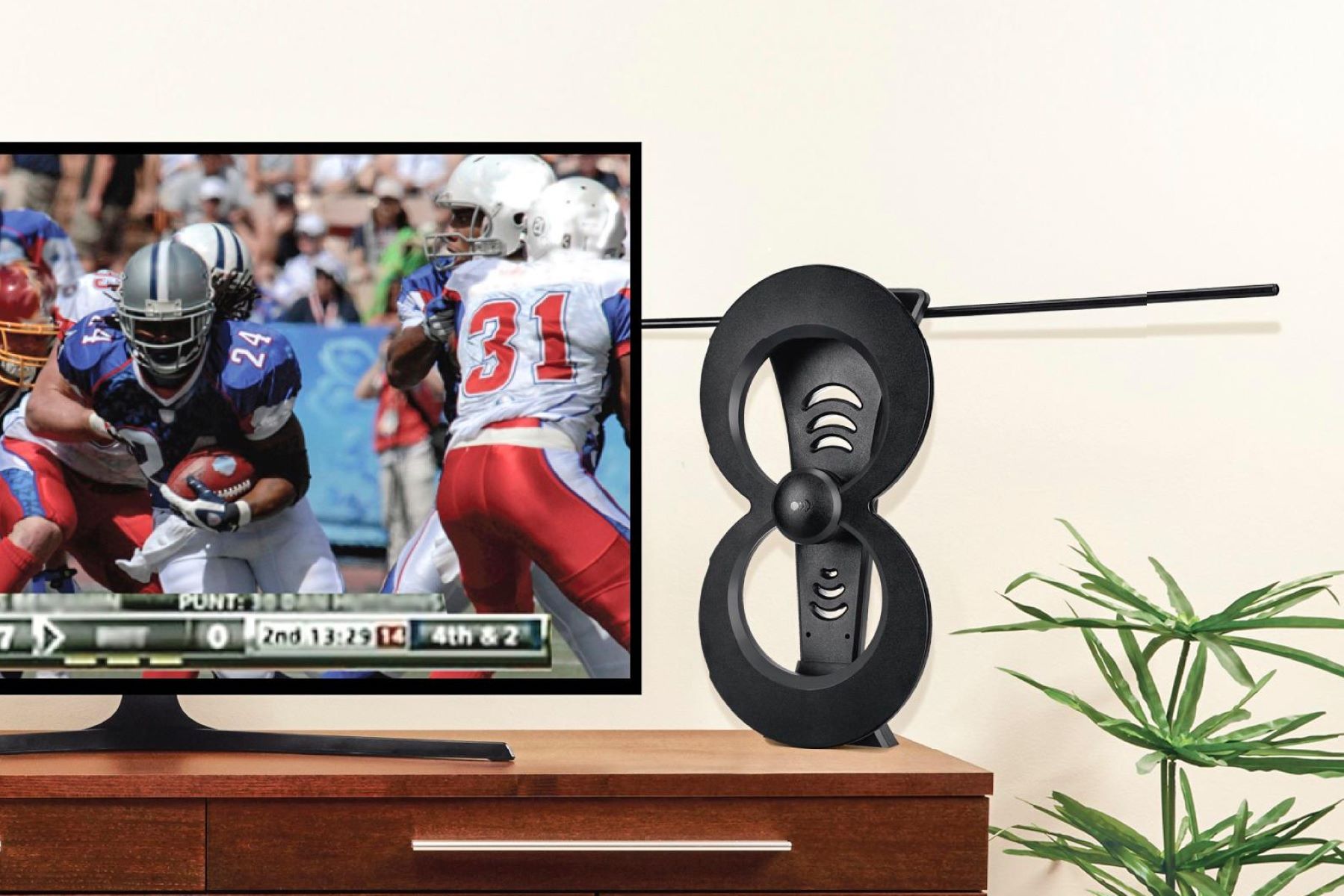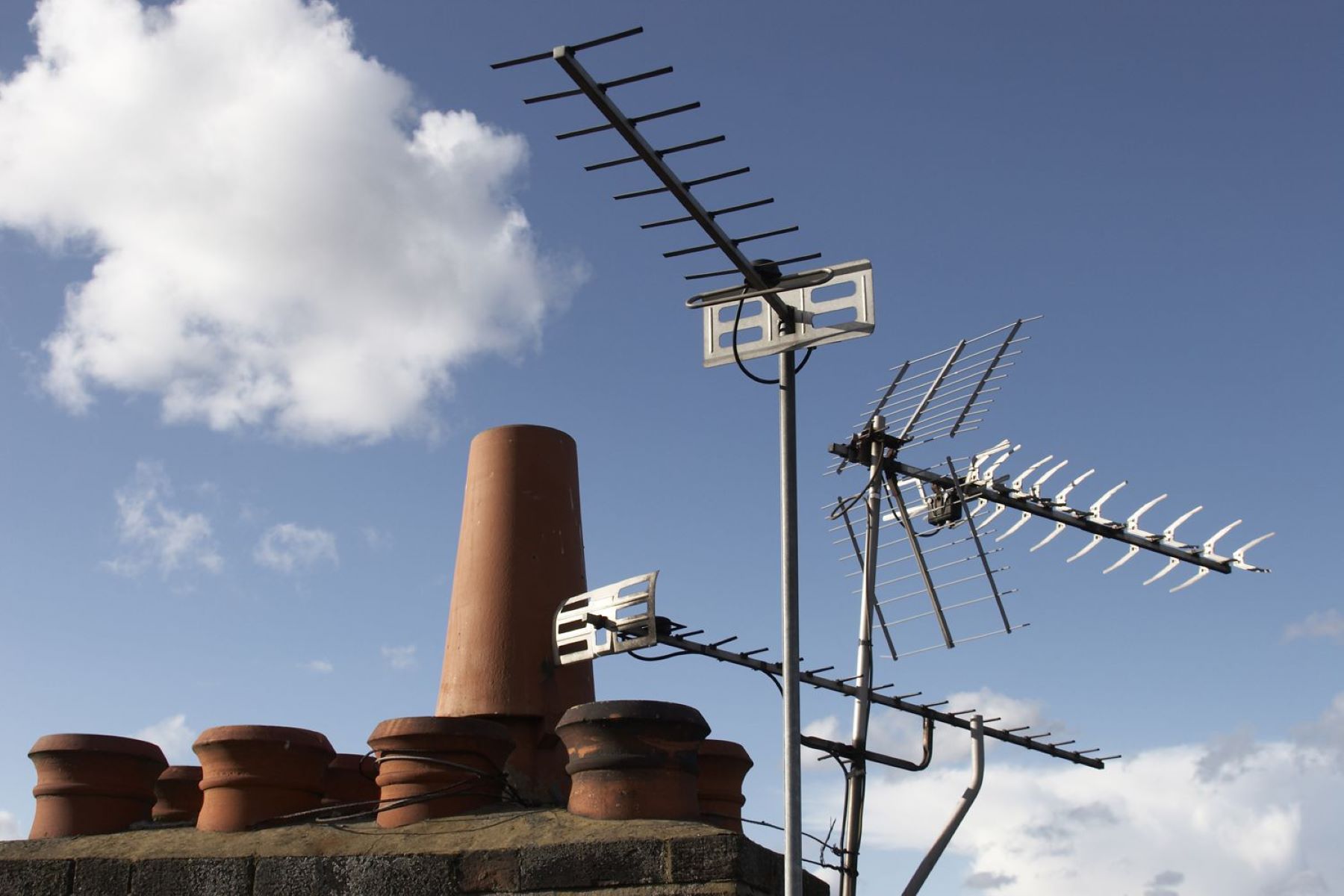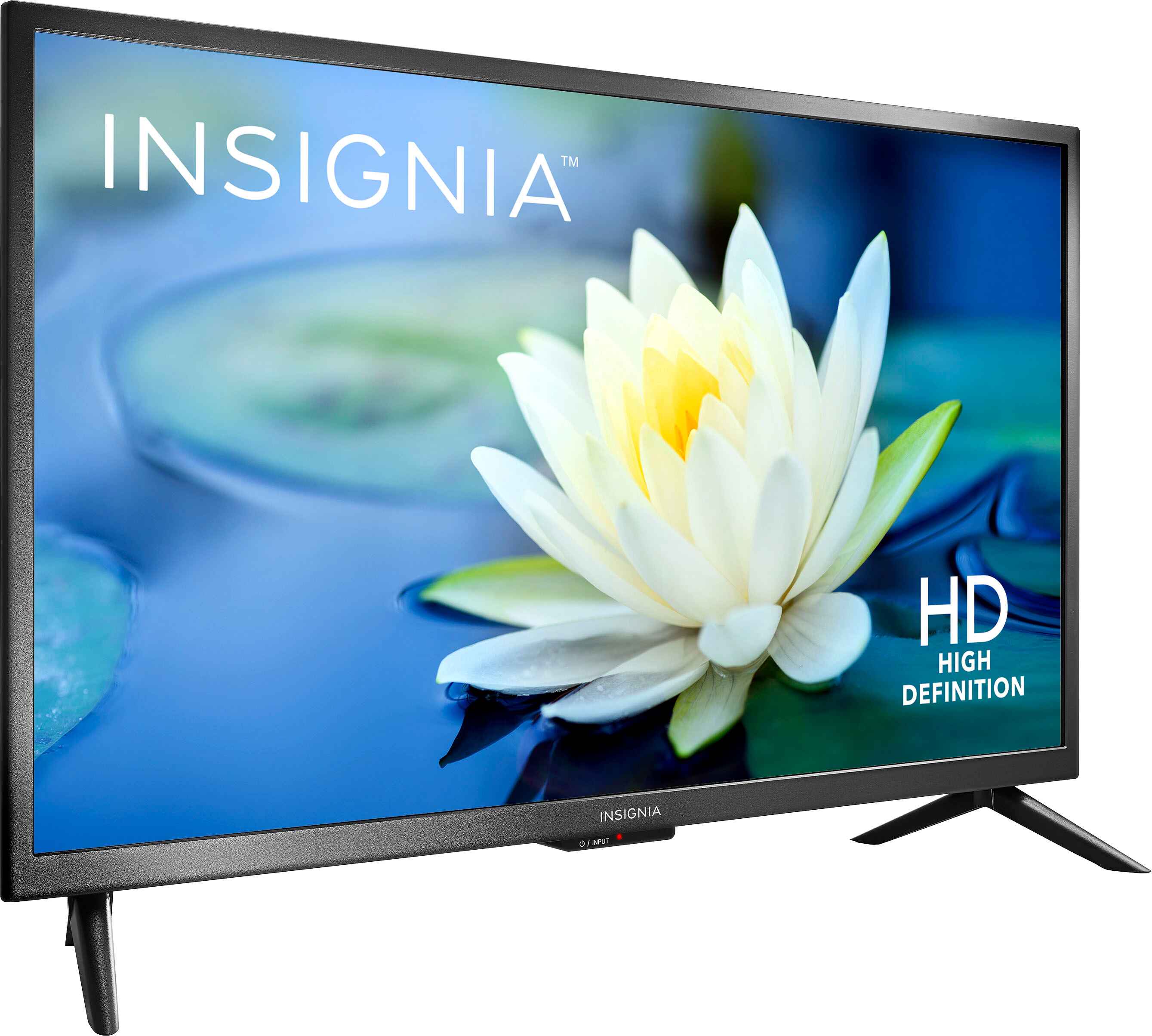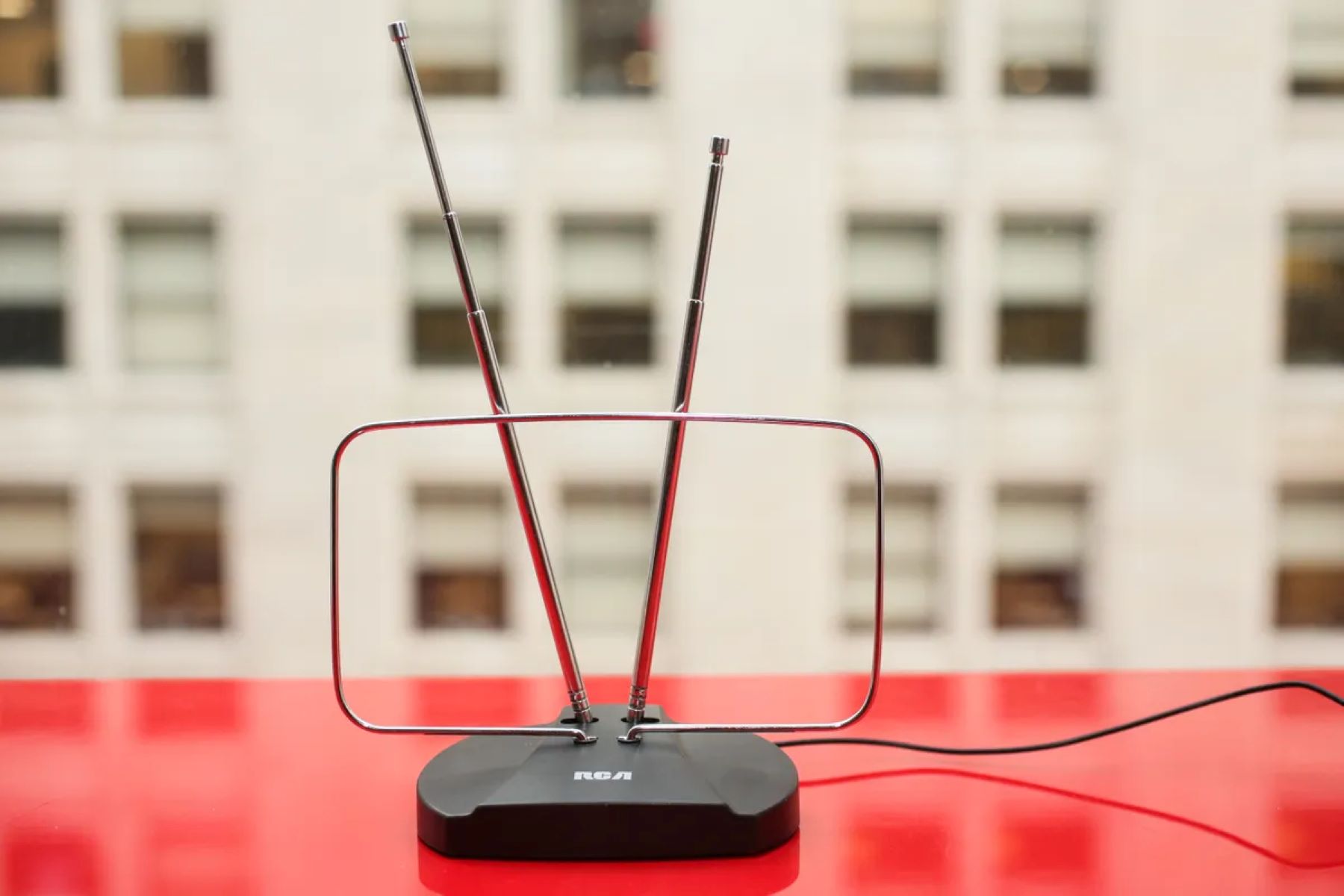Introduction
The world of television has witnessed a significant transformation over the years, transitioning from traditional cable or satellite subscriptions to a more streamlined and cost-effective option – free over-the-air broadcasting. With the advent of modern TV antennas, viewers can now enjoy high-definition channels without the need for expensive contracts or monthly fees.
TV antennas have become an essential tool for cord-cutters who want to access local channels and enjoy an array of network programming. These antennas capture signals from nearby broadcast towers and deliver clear, crisp images to your TV screen. But with so many options available on the market, it can be overwhelming to choose the best TV antenna for your specific needs.
In this article, we will explore the differences between outdoor and indoor antennas, discuss the factors to consider when selecting a TV antenna, and highlight the top five TV antennas for 2021. By the end, you will have a better understanding of the different options available and be equipped with the knowledge to make an informed decision.
Whether you reside in a suburban area with close proximity to broadcast towers or an urban setting surrounded by tall buildings, choosing the right TV antenna plays a crucial role in receiving optimal signal strength and a wide range of channels. So let’s dive in and explore the world of TV antennas, helping you find the perfect one for your entertainment needs.
Outdoor vs Indoor Antenna
When it comes to selecting a TV antenna, one of the critical decisions you’ll need to make is whether to opt for an outdoor or indoor antenna. Each option has its own advantages and considerations, so let’s explore both in detail.
Outdoor Antenna: As the name suggests, outdoor antennas are installed outside your home, typically on the rooftop or in the attic. These antennas are designed to withstand various weather conditions and are known for providing excellent reception and better signal strength compared to indoor antennas. They are also capable of capturing signals from distant broadcast towers, making them an ideal choice for areas with weak or obstructed signals.
Outdoor antennas come in a variety of designs, such as Yagi, log-periodic, and parabolic reflector. Yagi antennas are the most common type, featuring multiple elements that enhance signal reception. Log-periodic antennas are known for their wide frequency range, allowing them to capture signals from multiple channels. Parabolic reflector antennas use a dish-like shape to focus signals, providing even better reception over long distances.
While outdoor antennas offer superior performance, they do require installation and may involve additional costs for mounting brackets and cables. Additionally, if you live in an area prone to extreme weather or have strict homeowner association regulations, obtaining permission for installation may be necessary.
Indoor Antenna: Indoor antennas, as the name suggests, are designed to be used indoors. They are typically smaller in size, making them more discreet and easy to install. Indoor antennas are ideal for urban areas where broadcast towers are in close proximity. They are generally more affordable and require less effort for installation compared to outdoor antennas.
There are different types of indoor antennas available, including flat antennas, dipole antennas, and amplified antennas. Flat antennas are thin and lightweight, making them easy to position on walls or windows. Dipole antennas feature two extendable rods that receive signals from multiple directions. Amplified antennas, on the other hand, include a built-in signal amplifier to boost reception in areas with weaker signals.
While indoor antennas are convenient, they may not provide the same level of signal strength and range as outdoor antennas. Signal interference from walls, furniture, and other electronic devices can also impact their performance. However, with advances in technology, some indoor antennas now offer impressive range and reception capabilities, making them a viable option for many households.
In deciding between an outdoor and indoor antenna, consider factors such as your location, proximity to broadcast towers, signal strength in your area, and any limitations or regulations regarding outdoor installations. Finding the right balance between cost, convenience, and performance will help ensure that you enjoy a seamless viewing experience with your chosen TV antenna.
Factors to Consider When Choosing a TV Antenna
Choosing the right TV antenna involves considering several factors to ensure optimal performance and reception. Here are some essential factors to keep in mind when selecting a TV antenna for your home:
1. Location: The location of your home plays a crucial role in determining the type of antenna you need. If you live in a rural or suburban area far from broadcast towers, an outdoor antenna with a higher gain may be necessary. Urban dwellers, on the other hand, may find indoor antennas sufficient due to the proximity of towers.
2. Signal Strength: Assess the signal strength in your area using online tools or signal meters. This information will help you determine the type of antenna you need, whether it’s a high-gain outdoor antenna or a more compact indoor antenna.
3. Channels: Make a list of the channels you want to receive. Consider whether they are UHF or VHF channels, as this will impact the type of antenna required. Some antennas are designed to capture both types of signals, providing a wider range of channels.
4. Antenna Range: Determine the range of the antenna and compare it to the distance between your home and the nearest broadcast towers. It’s essential to choose an antenna with sufficient range to ensure a stable and reliable signal.
5. Antenna Design: Consider the design of the antenna in terms of size, shape, and mounting options. Outdoor antennas are available in various designs, such as directional or multidirectional, while indoor antennas come in different forms, including flat or amplified models. Choose a design that fits your aesthetic preferences and installation requirements.
6. Amplification: Amplified antennas include built-in signal amplifiers to enhance reception. If you live in an area with weak signals or have multiple TVs in your home, an amplified antenna can be beneficial in improving signal strength and minimizing signal loss.
7. Budget: Set a budget for your TV antenna purchase. Antennas come in a wide range of prices, depending on the features, range, and brand. Determine how much you’re willing to spend and find the best antenna that fits within your budget.
8. Reviews and Recommendations: Read customer reviews and seek recommendations from trusted sources. Hearing about first-hand experiences with specific antennas can help you make an informed decision.
By considering these factors, you can choose a TV antenna that meets your specific needs. Remember that the ideal antenna will depend on your location, signal strength, and channel preferences. Taking the time to research and evaluate your options will ensure a satisfying television viewing experience for years to come.
Top 5 TV Antennas for 2021
If you’re looking for the best TV antenna to enjoy free over-the-air broadcasts, we’ve compiled a list of the top five options for 2021. These antennas offer excellent performance, ease of installation, and a wide range of channels. Let’s take a closer look at each of them:
1. ClearStream 2MAX TV Antenna: The ClearStream 2MAX is a highly rated outdoor antenna known for its impressive range and reception capabilities. It features a multidirectional design, allowing it to capture signals from various directions. With a range of up to 60 miles, it can deliver stunning HD channels with minimal interference.
2. Mohu Leaf Metro TV Antenna: The Mohu Leaf Metro is a sleek indoor antenna that offers strong performance in a compact form. It can capture both UHF and VHF channels and has a range of up to 25 miles. Its paper-thin design and easy installation make it a popular choice for urban dwellers.
3. Winegard Elite Outdoor TV Antenna: The Winegard Elite is a top-notch outdoor antenna with a range of up to 70 miles. It features a durable construction and a compact size, making it ideal for areas with strong winds or extreme weather conditions. Its high-gain design ensures excellent signal reception, even in challenging environments.
4. RCA ANT751E Compact Outdoor Antenna: The RCA ANT751E is a compact outdoor antenna that offers excellent performance at an affordable price. It has a range of up to 70 miles and can capture both UHF and VHF signals. Its compact design and easy installation make it a popular choice for those who want reliable reception without breaking the bank.
5. 1byone Indoor Amplified HDTV Antenna: The 1byone indoor antenna is an amplified model that offers exceptional signal reception even in areas with weak signals. It has a range of up to 50 miles and features a sleek, modern design. The built-in amplifier enhances signal strength, ensuring crystal-clear reception for all your favorite channels.
These top five TV antennas for 2021 provide a range of options to suit different locations and preferences. Whether you prefer an outdoor or indoor antenna, these models offer excellent performance and the ability to capture a wide range of channels.
Remember to assess your specific needs, including your location, signal strength, and budget, when selecting a TV antenna. Consider factors such as range, design, and amplification capabilities to ensure you choose the best antenna for your television viewing needs in 2021.
Conclusion
In conclusion, choosing the best TV antenna requires careful consideration of various factors, including your location, signal strength, channel preferences, and budget. Whether you opt for an outdoor or indoor antenna, both options offer unique advantages and considerations.
Outdoor antennas are designed for superior performance and can capture signals from distant broadcast towers. They are ideal for rural or suburban areas with weak or obstructed signals. On the other hand, indoor antennas are more convenient and suitable for urban areas with close proximity to broadcast towers.
When selecting a TV antenna, factors such as antenna range, design, amplification, and customer reviews should be taken into account. By understanding your specific needs and evaluating the available options, you can find a TV antenna that provides optimal signal reception and a wide range of channels.
In 2021, some of the top TV antennas include the ClearStream 2MAX, Mohu Leaf Metro, Winegard Elite, RCA ANT751E, and 1byone Indoor Amplified HDTV Antenna. These antennas offer impressive performance, easy installation, and excellent reception capabilities.
Remember to assess your location, signal strength, and channel preferences before making a decision. Consider factors such as the range, design, and amplification capabilities of the antenna. Reading customer reviews and seeking recommendations can also provide valuable insights.
With the right TV antenna, you can enjoy high-definition channels and free over-the-air broadcasts without the need for costly cable or satellite subscriptions. By harnessing the power of technology and utilizing a quality antenna, you can enhance your television viewing experience and enjoy a wider range of programming options.
So, whether you’re a cord-cutter, a savvy budget-conscious viewer, or simply someone looking to tap into the world of free over-the-air broadcasts, the right TV antenna can make all the difference. Choose wisely, and embark on a journey of unlimited entertainment and convenience.







